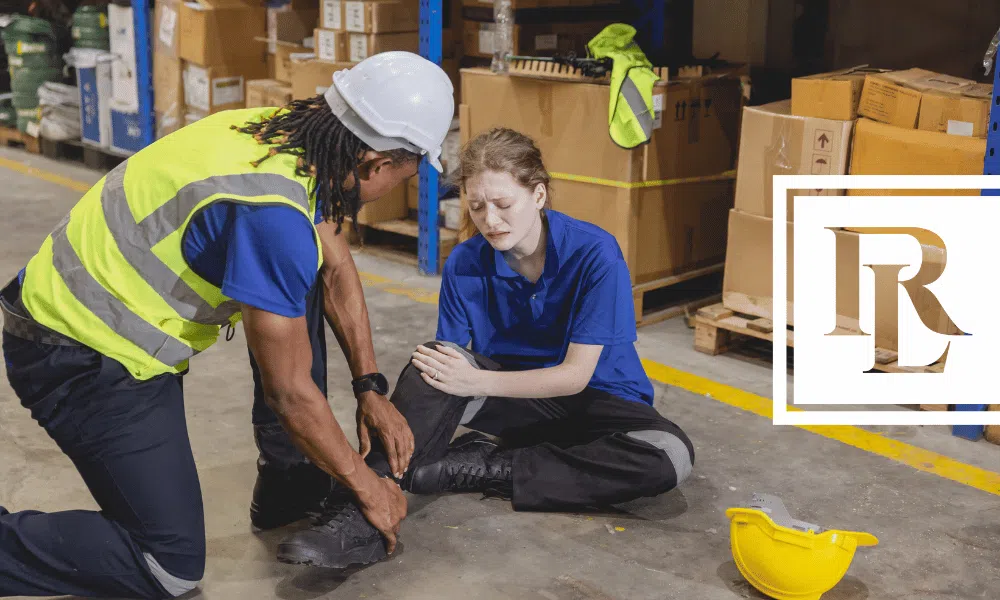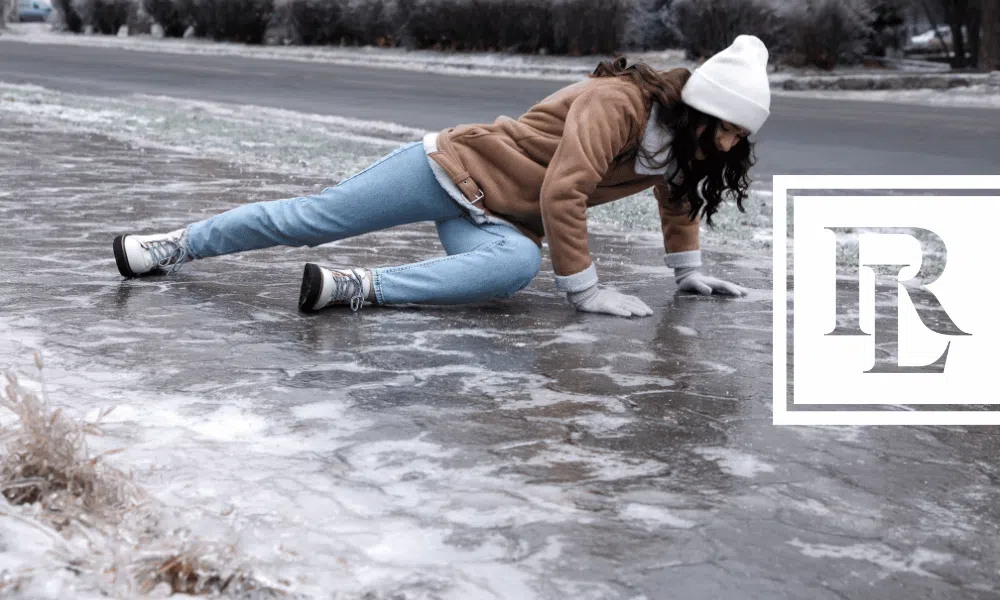- If you fall in a store, the most important thing is to document what caused you to fall, witnesses, and report the incident to the store.
- If you are injured, dial 911, let them know you fell in a store, and request medical assistance.
- If you or someone you are with have a phone, take pictures of what caused you to fall. Pictures should be from a distance, showing the aisle as well as a close-up of what caused you to fall. If anyone was in the aisle when you fell, either a customer or employee, make sure you document their information by taking a picture of them or their identification if they are willing to share it.
- Find an employee and bring a manager to the area you fell. Have them document the fall and the cause of the fall. Take a picture of the manager and make sure that you show the manager what caused you to fall.
Remember, the key to any case is document, document, document; and a picture is worth a thousand words. If you are injured, when the rescue arrives, never refuse medical attention. Be transported to the nearest or most appropriate hospital.
After you have sought medical treatment, contact a slip and fall lawyer like Rob Levine Law Personal Injury Lawyers. With over 20 years of experience in injury and disability cases, our team can help with the process.




